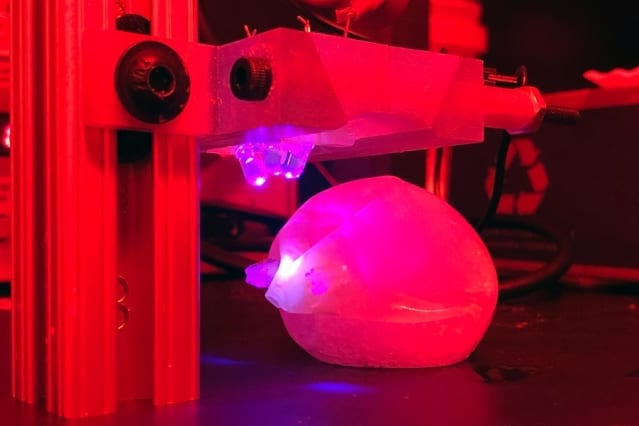The Latest Updates from Bing News & Google News
Go deeper with Bing News on:
Ingestible medical devices
- Wonder Material 'More Remarkable' Than Graphene Has Medical Potential
Borophene is already thinner and more conductive than graphene, and scientists have altered it to make it even more special.
- The home laser device behind the snatched skin at the Met Gala
While LED masks and microcurrent have become staples in many a beauty routine, the Lyma laser brings something wholly unique to the space, claiming to go one step further in the skin rejuvenation ...
- EtO causes cancer. Device sterilizers are scrambling to find alternatives.
No one solution can match the scope and scale of ethylene oxide, but a “multi-pronged approach” can help reduce emissions, an FDA official said.
- Swallowable sensor unfurls in stomach to monitor gut health
A ribbon of electrodes could nestle in the gut to help diagnose gastrointestinal diseases linked to Parkinson’s ...
- Digital devices can help clinicians prescribe physical activity
Wearable devices, including smart watches ... To submit a correction request, please visit our Contact Us page. Medical students lose in the research arms race for… Medical students lose in the ...
Go deeper with Google Headlines on:
Ingestible medical devices
[google_news title=”” keyword=”ingestible medical devices” num_posts=”5″ blurb_length=”0″ show_thumb=”left”]
Go deeper with Bing News on:
Light-sensitive material
- Anti-blue light glasses: effective protection in the digital age
Anti-blue light glasses: effective protection in the digital age.Hongkong - May 5, 2024 — In today's fast-paced, technology-driven world, ...
- Revolutionizing Photonics: 2D Materials Manipulate Light With Remarkable Precision
NYU Abu Dhabi researchers have unveiled a novel 2D material improving optical modulation for advanced systems and communications. Responding to the increasing demand for efficient, tunable optical mat ...
- New 2D material manipulates light with remarkable precision and minimal loss
and neuromorphic systems in light-sensitive artificial synapses." More information: Ghada Dushaq et al, Electro-optic tuning in composite silicon photonics based on ferroionic 2D materials ...
- Microchip Manufacturing
one billionth of a metre **light-sensitive materials composed of elements including a polymer that changes structure when exposed to radiation Each chip mounted on a frame with wires that connect ...
- 'Solar paint' technology could be cheaper alternative to panels: 'Billions of light-sensitive particles [are] mixed in'
According to the Solar Action Alliance, this isn't just theory. The University of Buffalo has developed a light-sensitive material for use in solar paint, and the University of Toronto has ...
Go deeper with Google Headlines on:
Light-sensitive material
[google_news title=”” keyword=”light-sensitive material” num_posts=”5″ blurb_length=”0″ show_thumb=”left”]










